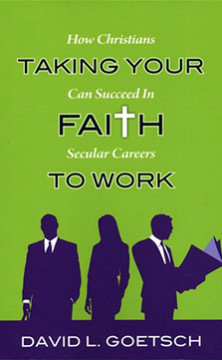This past week the United States of America inaugurated a new president. I don’t like him. I believe he is, as my grandpa used to say, “crooked as a barrel o’ snakes.” I don’t like his vice president. I despise his baby-killing-gender-bending-Marxist-promoting-communist-China-loving-LGBTQ-racist-Orwellian agenda. The Biden administration is an unapologetic enemy to the kingdom of God, no matter all of the “God-talk” they employ. I am one of those kooks who believes the election fraud was so evident that it was hard to believe. No one will ever be able to convince me that Joe Biden was elected legitimately. However, none of that means that I can say that he is “not my president.” He is a legitimate president because the powers-that-be under our Constitution certified him as president.
This situation is nothing new to world history or even to God’s people in particular. For example, God made it clear in Israel who were to be the priests and high priests: the sons of Aaron. As history progressed, the sons of Aaron were even narrowed down in the time of David to the line of Zadok. Only Aaron’s sons through Zadok were to be high priests. Upon the Jews’ return to the land after captivity and exile, the Zadokian line had to be restored when the temple was rebuilt. However, between the rebuilding of the temple and the birth of Jesus, the high priesthood became a position that could be bought and sold or given as a gift by rulers. During the lifetimes of Jesus and his apostles, the high priests were not “constitutionally legitimate.” Nevertheless, neither Jesus nor the apostles refused their authority.
(more…)
























